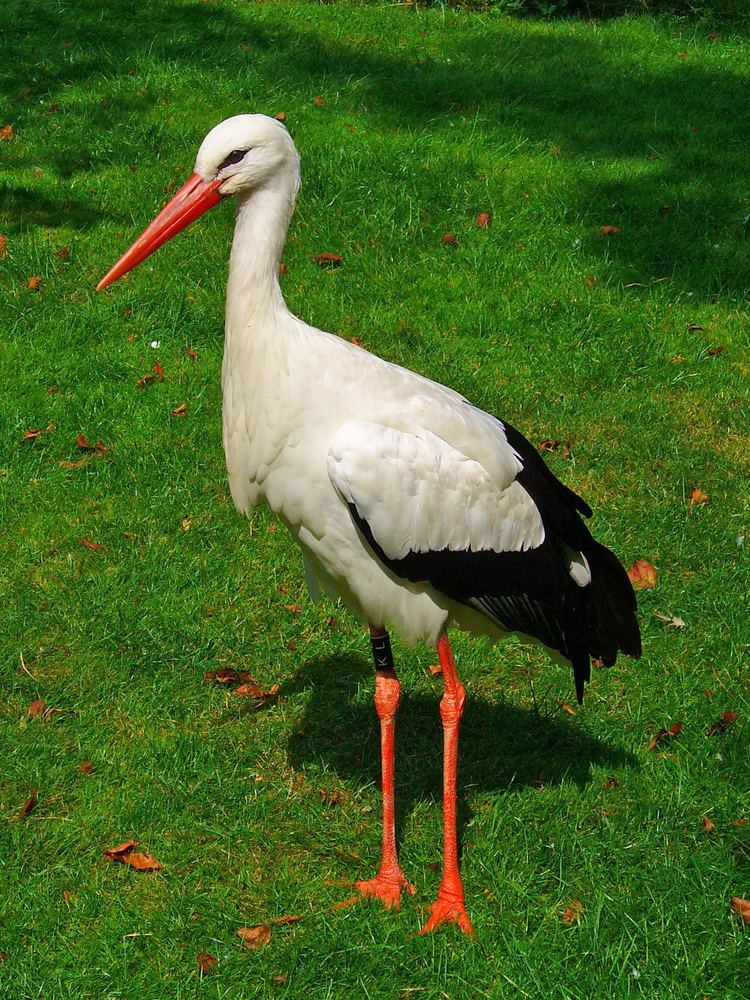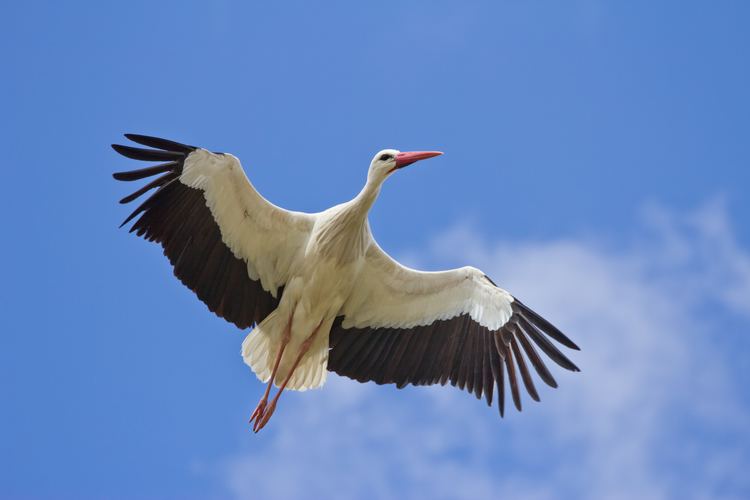Scientific name Ciconia | Family Ciconiidae Higher classification Stork | |
Lower classifications Similar White stork, Black stork, Oriental stork | ||
White stork nature documentary hd bird watching ciconia ciconia
Ciconia is a genus of birds in the stork family. The genus name is the Latin word for "stork", and was originally recorded in the works of Horace and Ovid.
Contents
- White stork nature documentary hd bird watching ciconia ciconia
- Abdim s stork ciconia abdimii bird animal center
- Species
- References

Six of the seven living Species occur in the Old World, but the Maguari stork has a South American range. In addition, fossils suggest that Ciconia storks were somewhat more common in the tropical Americas in prehistoric times.

These are large storks, typically 100 cm tall, with a 180 cm wingspan and a long thick bill. Members of this genus are more variable in plumage than other storks, but several species have black upper bodies and wings, and white belly and undertail. Juveniles are a duller, browner version of the adult.

Ciconia storks are gregarious and colonial breeders, and pairs stay together for life. They typically build large stick nests in trees, although the maguari stork will nest on the ground and at least three species will construct their nests on human habitations. One of these, the white stork, is probably the best known of all storks, with a wealth of legend and folklore associated with this familiar visitor to Europe.

These storks feed on frogs, insects, young birds, lizards and rodents. They fly with the neck outstretched, like most other storks, but unlike herons which retract their neck in flight.
The migratory species like the white stork and the Black stork soar on broad wings and rely on thermals of hot air for sustained long distance flight. Since thermals only form over land, these storks, like large raptors, must cross the Mediterranean at the narrowest points, and many of these birds can be seen going through the Straits of Gibraltar and the Bosphorus on migration.
Abdim s stork ciconia abdimii bird animal center
Species
The fossil record of the genus is extensive, indicating that Ciconia storks were once more widespread than they are today. Although the known material tends to suggest that the genus evolved around the Atlantic, possibly in western Europe or Africa, the comparative lack of fossil sites in Asia makes this assumption not well-founded presently. All that can be said is that by the Early Pliocene, Ciconia was widespread at least all over the Northern Hemisphere.
Fossil members of the genus include:
A distal radius in Late Pleistocene deposits of San Josecito Cavern (Mexico) may belong in this genus or in Mycteria; it is smaller than that of any known American stork, Ciconia or otherwise. The proposed fossil genus Prociconia from Brazil, also of Late Pleistocene age, may be a junior synonym of either this genus or Jabiru. A distal tarsometatarsus found in a rock shelter on Réunion was probably of a bird taken there as food by early settlers; no known account mentions the presence of storks on the Mascarenes, and while this subfossil was initially believed to be from a stork, it is today assigned to the Réunion ibis (Threskiornis solitarius) which is quite similar to storks osteologically and was not yet described when the bone was discovered (Cowles, 1994).
